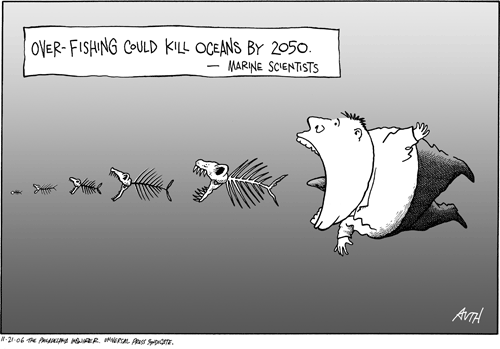
I polled my Astronomy 101 class this week on their thoughts about our ability as a species to solve the problem of global warming and they were unanimously pessimistic, fearing that our actions were going to be too little too late. This alarms me because these are all people in their late teens or early 20's and have their whole lives ahead of them -- I hope in their case that pessimism does not equate with inaction or inability to act.
But I personally suspect it may be more of same for halting the biodiversity crisis -- by the time enough of us tune in to curb our consumptive habits, we could be past a tipping point and entire ecosystems could collapse.
So it's great to hear a positive story about someone who's thinking big and thinks we all really can make a difference. When Milo Cress found out that Americans use 500 million single use straws a day he decided to stop using them and began an online project where others could join to do the same. (Individual action and reducing consumption -- our two favorite topics!)
Milo lives in Burlington, VT, and is in the fourth grade.
As he writes on the Be Straw Free project information page, 500 million straws a day is like sending 127 busloads of straws to the landfill every day. That, you will agree, is a lot of straws, and a lot of waste. All so that we can sip a drink faster than drinking it straight from the edge?
You can do your part by refusing the straw for your next beverage at the bar, restaurant or soda fountain. Make it a summer project. Bring your own re-usable straw around. This is an idea that really needs to get around.



